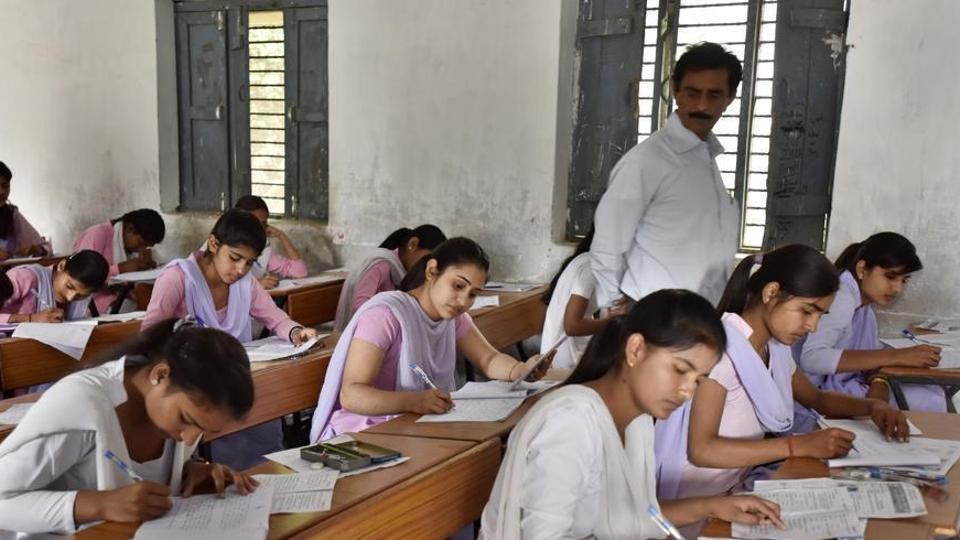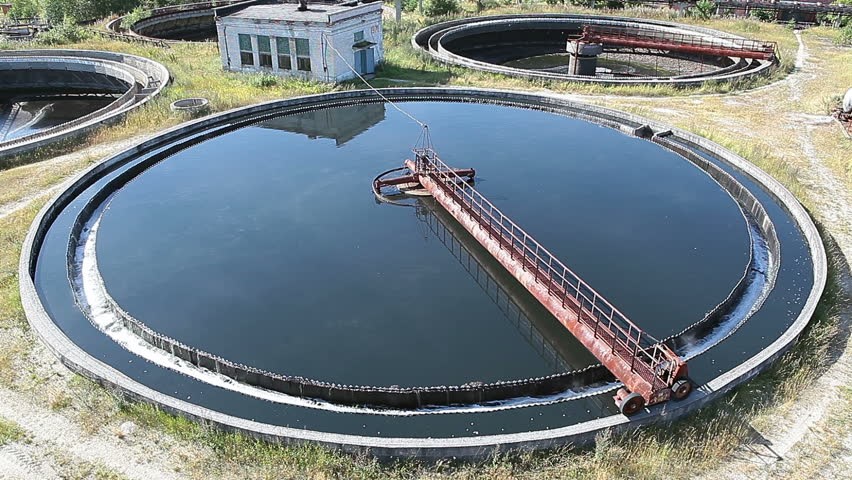Welcome to Labkafe ~ Orientallabs Retail Services Private Limited
Looking at how far the state of Bihar has come in education, it really feels good. Chemistry is among the more difficult subjects that students have to pursue at the intermediate level. So, today we will discuss the BSEB chemistry practical syllabus. This article speaks about the curriculum of chemistry for class 11 12, marks distribution, class and exam structure, and resources to do those practicals.
The governmental education system in Bihar is taken care of by the Bihar State Examination Board, or BSEB in short. The Bihar board chemistry practical exams take place around January every year, and so people need to prepare for them. Therefore, both students and teachers can benefit from the chemistry lab curriculum that we are publishing. This syllabus is a direct and faithful interpretation of the BSEB-authorized syllabus, an extract from the lab work portion.

Chemistry is a subject present in almost every discipline of a technical career. Without it, you can’t go to medicine, engineering, technology, bioscience, and similar fields. The chemistry curriculum, therefore, has been updated heavily to include modern ideas and modern industry needs, and pruned out obsolete and outdated methods or ideas. BSEB aims to make students more skillful and comfortable in a chemistry laboratory, while making them more aware of its application in daily life.
The Bihar board chemistry lab work syllabus is spread over 60 periods, with one project work tagging along. The year-end exam will evaluate students over 30 marks, which they distribute in the following way:
BSEB encourages teachers and lab instructors to use micro-chemical ways in the following experiments and practices whenever possible.
BSEB chemistry practical syllabus for class 11 requires the students to finish at least one project work that will require data and sample collection from various sources and will involve some lab work. There are no limits on the topic of the projects, but the Bihar board suggests the following can be good projects to complete.

In the way of marks and study time distribution, the BSEB 12th standard practical syllabus is quite the same as the 11th standard. Let’s look at it in detail below.
(This part is continuous between classes 11 and 12, the same list of cations and anions will go in both classes. You have to divide time accordingly.)
Same as before, the students will need to complete some project work on their own, which may come from one of the following. You can choose any other project too, with the permission of the responsible faculty.

The intermediate level of education in Bihar is not too hard on students and they do their best to reduce unnecessary content in their curriculum. Therefore, with a good laboratory instructor, it is easy to perform all of the above experiments and observations. All you need is a good wet lab setup and the needful chemistry labware . Oh, and you’ll also need the required lab consumables .
That being said, it is difficult to figure out all the necessary lab equipment, glassware, apparatus, reagents, and chemicals that one needs to cover the whole BSEB chemistry practical syllabus. Indeed, it is a major headache. Instead, we recommend that you use Labkafe’s BSEB chemistry lab package, which includes all of the above. The package is preconfigured to suit the affiliation needs of the Bihar board, and perfectly fits a new chemistry lab setup or lab upgrade. Contact us today to inquire!
Labkafe is among the most promising laboratory supplies vendors in India. We manufacture and supply lab equipment, lab furniture, lab consumables, lab glassware, lab machines and more! Not only we manufacture lab items, we export to international resellers too. We fulfill CBSE ICSE ISC IGCSE IB State board affiliation requirements for schools by providing affiliation packages to schools. Our featured products are:
Chosen by over 1200 schools, colleges, universities, research labs, government agencies and private companies to build or renovate their laboratories, Labkafe stands as your best friend when it comes to labs. We are also a registered OEM on GeM. Our clients love us because we provide the best quality of lab products, free demos, free installation, and support for ever.
Do you wish to experience excellence too? Why not contact us today at [email protected], or call 9147163562 directly ‒ we are always available to serve. You can also use the chat button in the corner to connect to one of our representatives instantly!
Feb 16, 2023 by Biswajit Sana
Jan 24, 2023 by Biswajit Sana